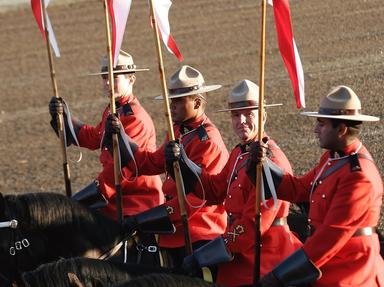
Canadian Historical Snapshots Trivia Quiz
As a nation, Canada experienced some growing pains as it went from being a colonial battleground to an independent country. Can you put the pieces together to highlight six pivotal moments in the history of Canada?
by reedy.
Estimated time: 3 mins.
- Home
- »
- Quizzes
- »
- History Trivia
- »
- Canadian